
08.02.2021
Recognizing the crises that we inhabit globally, the curator and writer Syafiatudina reflects on collaborative survival as an ethical sense with the potential to re-organize artistic and cultural practices beyond the work/life dichotomy.
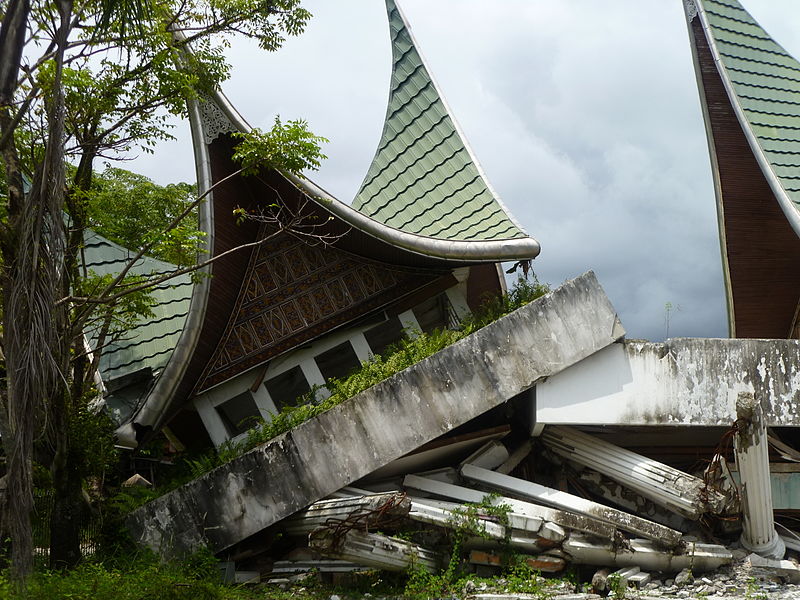
This comment was made by an attendee at a roundtable discussion at the Curating under Pressure symposium. I can no longer remember the topic of the roundtable, nor of the following discussions, but this comment lingered in my mind when I traveled back to Indonesia, and it lingers even now, two years after the conference was held in Christchurch, New Zealand. The reason why this comment left such a deep impression on me is that it exposed some of the fundamental questions that the symposium left open. Is the term “extreme situation” limited to natural disasters and political conflicts? What other conditions can be categorized as extreme situations? How do these situations emerge and operate? What should we do when faced with such situations?
When the Merapi volcano erupted on November 5, 2010, in the Yogyakarta province, where I have lived for 11 years, both the local and national media were flooded with news about the disaster for weeks. Every day we heard updates on the scale of the destruction and the number of casualties caused by the eruption. In addition to governmental support, many civilian groups were organizing emergency shelters on the ground that provided food and basic necessities to the affected communities. On national television, academics and policy-makers discussed how to mitigate the post-disaster situation, and disaster-mitigation was framed as an attempt to recover normalcy.
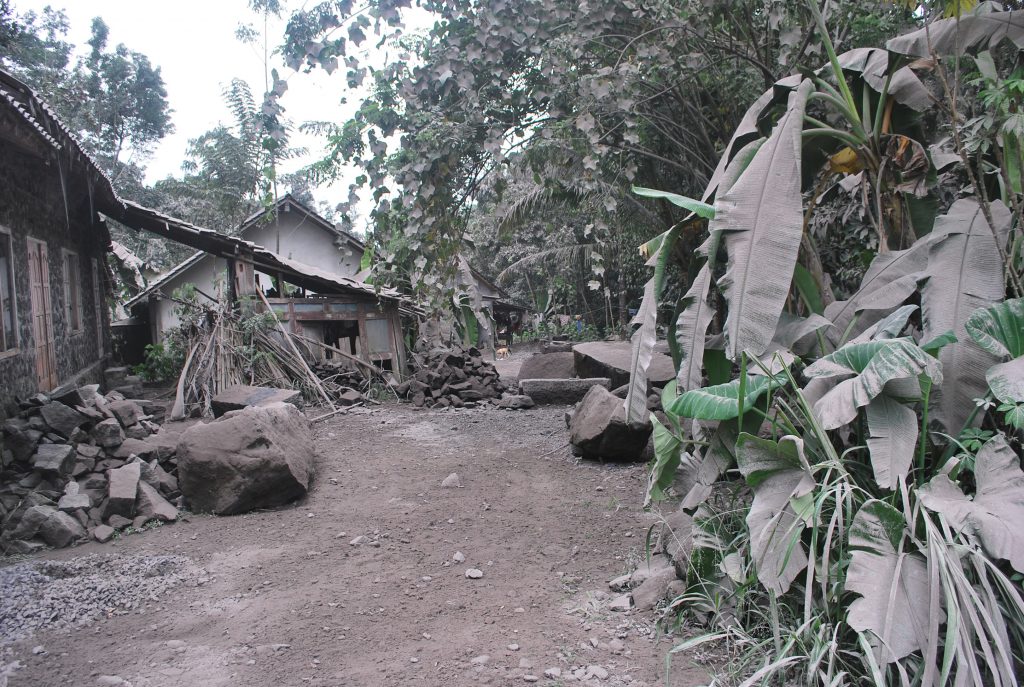
The 2010 Merapi volcano eruption was not the only natural disaster to have occurred in Yogyakarta. In 2006 a 5.9 Richter scale earthquake hit the southern area of Yogyakarta. It caused damage to more than 500,000 houses, injuring 45,000 and claiming the lives of 5,744 people. According to data from the National Disaster Management Authority’s (Badan Nasional Penanggulangan Bencana, BNPB) website, several different types of disaster have occurred across Indonesia—floods, landslides, earthquakes, tsunamis, fires, as well as armed conflicts, terrorist attacks, and transportation accidents—disasters which have also happened in many other parts of the world. This is what I mean by precarious living as a condition of getting by each day—moving from one trouble to another. It is a matter of surviving.
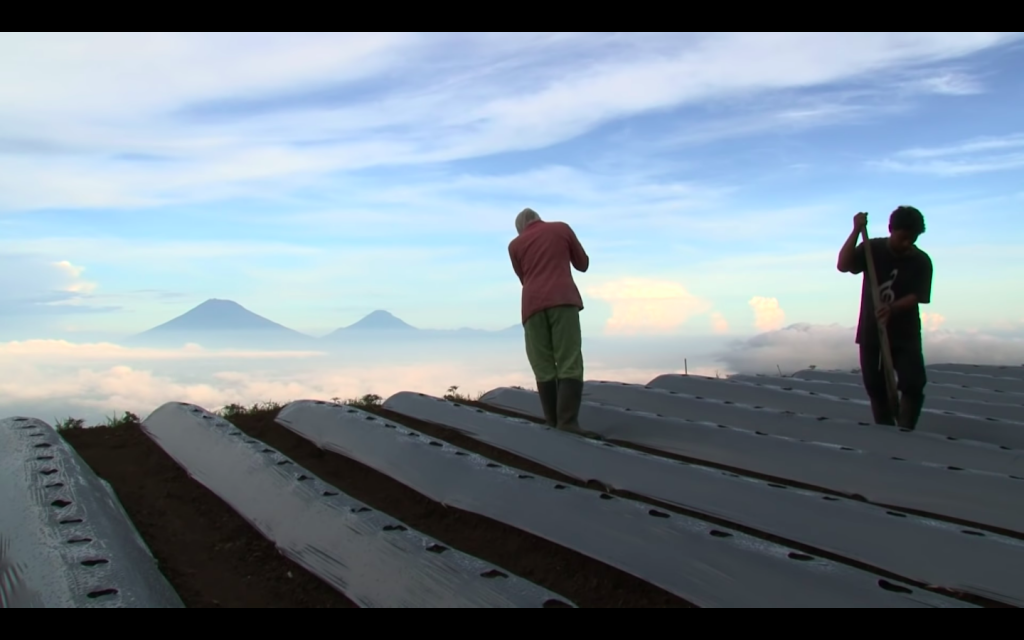
The Land Beneath the Fog, directed by Shalahuddin Siregar in 2011, is a film that follows families in Genikan, a remote mountain village on the slopes of Mount Merbabuin in the Central Java province of Indonesia. The men and women of these families work as farmers who use the Javanese calendar system to decide when to plant and harvest carrots, potatoes, and cabbages. However, many things are changing around them. The climate becomes unpredictable. The rainy season is longer and the dry season comes late and is unbearably hot. Their knowledge of nature becomes obsolete. The potatoes rot because of too much rain. The tomatoes die from lack of water.
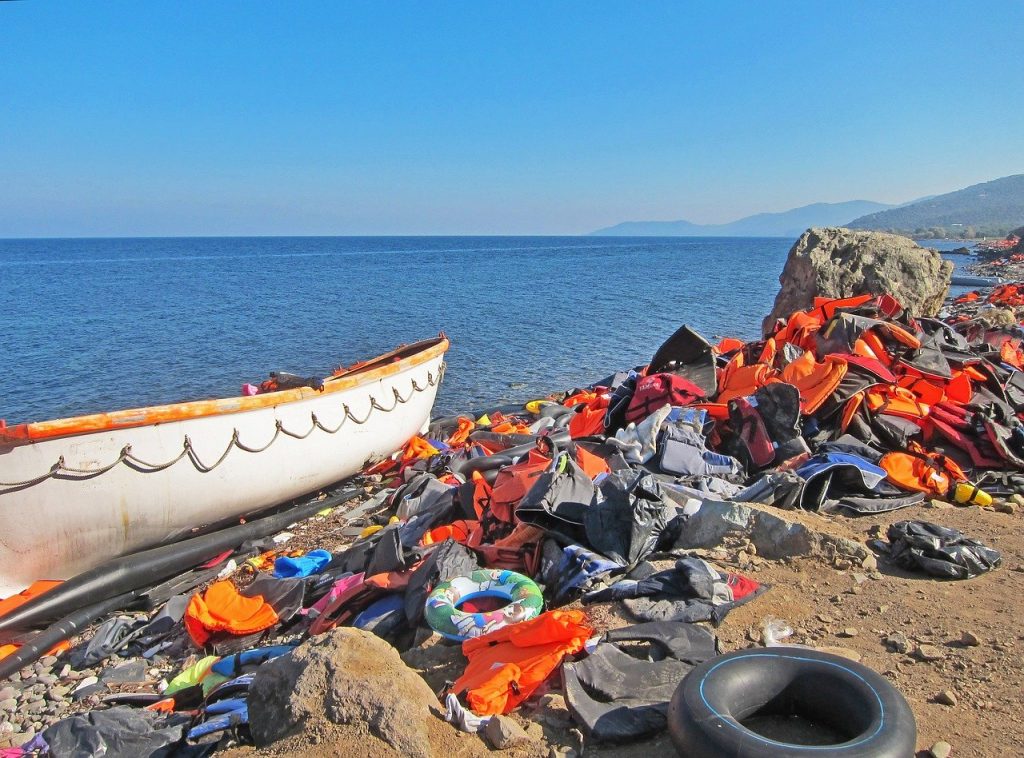
While I was in Berlin for a month and a half last year, I encountered many conversations about the refugee crisis in Germany. As a stream of refugees pours into Europe (and especially Germany), the circulating opinions seem to be torn between acceptance—which involves preparing the necessary facilities to support refugees—or blame—holding refugees responsible for slow national development or terrorist attacks.
The myth of the stable First World and the uncertain Third World has become irrelevant. Precarity is a condition of life that we experience globally on various scales and in different realms.
From these stories, I’ve learned how much humans and non-humans (mushrooms for example) are resilient beings. Ruins are not the sign of death, the sign of a place where life is no longer present. Rather, endowed with the resilience that we all embody, ruins are the site from which another form of life can emerge. How can we expand our imagination about living among ruins? In order to attempt this, it is important not to think of crises as exceptions to how the world works or as things that appear out of nowhere. Rather, crises are revealing, not merely provoking. According to Didier Fassin, it is clear that there is a long-standing distrust and hostility in Europe toward non-Europeans fleeing persecution and violence.[2]
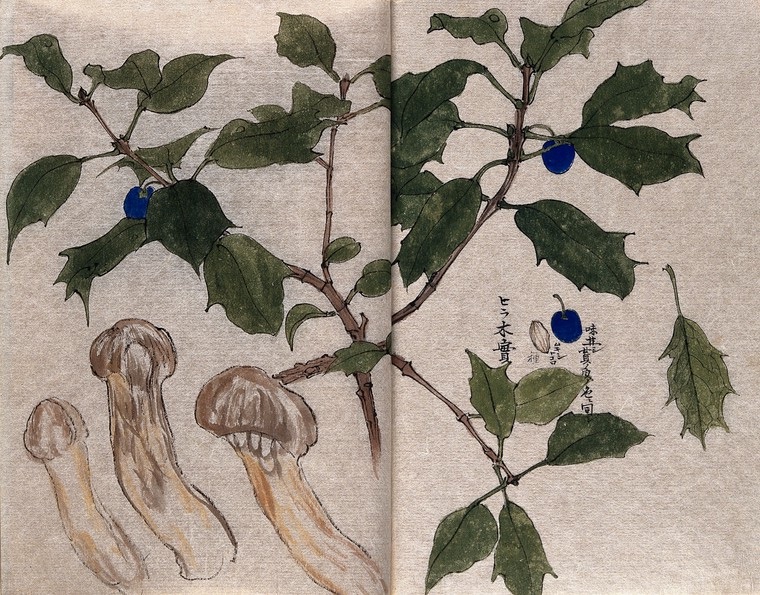
Searching for action—what we can do together, how we can expand our imagination of precarious living in between crisis and ruins—I would like to return to what Anna Tsing has learned from and about mushrooms. Mushrooms exist codependently. They need another organism—trees, for example—in order to survive. They live by collaborating through encounters, while constantly changing according to circumstance as a matter of survival. “Purity is not an option.” Furthermore, Tsing explains that what we need in order to survive is to live collaboratively, rather than fighting with others.
The closest example to a livable collaboration that I can think of right now can be found in a statement Gunanto makes about a neighbor in the film The Land beneath the Fog. Although everyone in the village of Genikan has an uncertain income, they still believe they can help each other. For example, Gunanto finally receives a loan from his neighbors, Sudardi and Muryati, for Arifin’s education, although the loan only covers 70 percent of the necessary cost. In another scene, the male farmers, including Gunanto and Sudardi, come together and discuss whether to invest together and start cultivating mushrooms. Unfortunately, none of them has access to money for investment. Still, I found it very noteworthy that they came together to talk about their struggles and how to overcome them together.
Livable collaboration involves the practice of caring for collective well-being.
As part of KUNCI’s projects, I have organized events with artists and the community—including workshops and film screenings on topics such as property rights, land ownership, and community history. Few artists who have worked there have managed to establish personal relationships with the community. Yet my relationship with the community remains professional. Whenever I visit their area, they always ask whether I have new projects to do. I wonder if this happens because when I first met them, I introduced myself as a curator. Does a curator always work from one project to another? When the project ends, does the relationship also end? How can we establish relationships without assuming the outcome? How can we be friends and not remain stuck in the participant-curator-artist relationship?
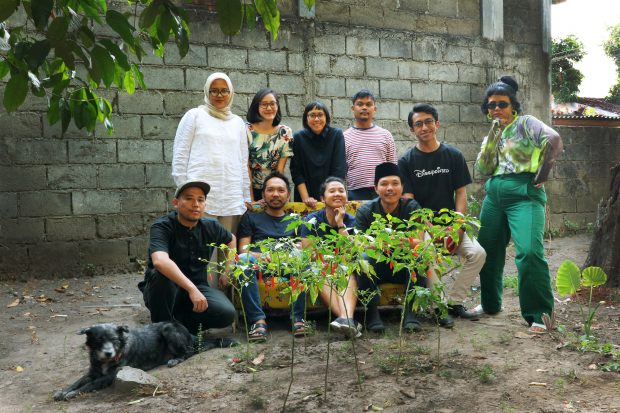
I’m part of the KUNCI Cultural Studies Center, a collective with shared interests in creative experimentation and speculative inquiry with a focus on the intersections between theory and practice. We run a library and working space which is open to the public. Our space is an old house which is located in a residential area in the southern part of Yogyakarta City. In our first year, few of our neighbors complained about us because our house is unlike any other house: we are not a commercial enterprise or a family. Most of us are young. We work together until midnight. We are not artists or gallerists, but we work with art.
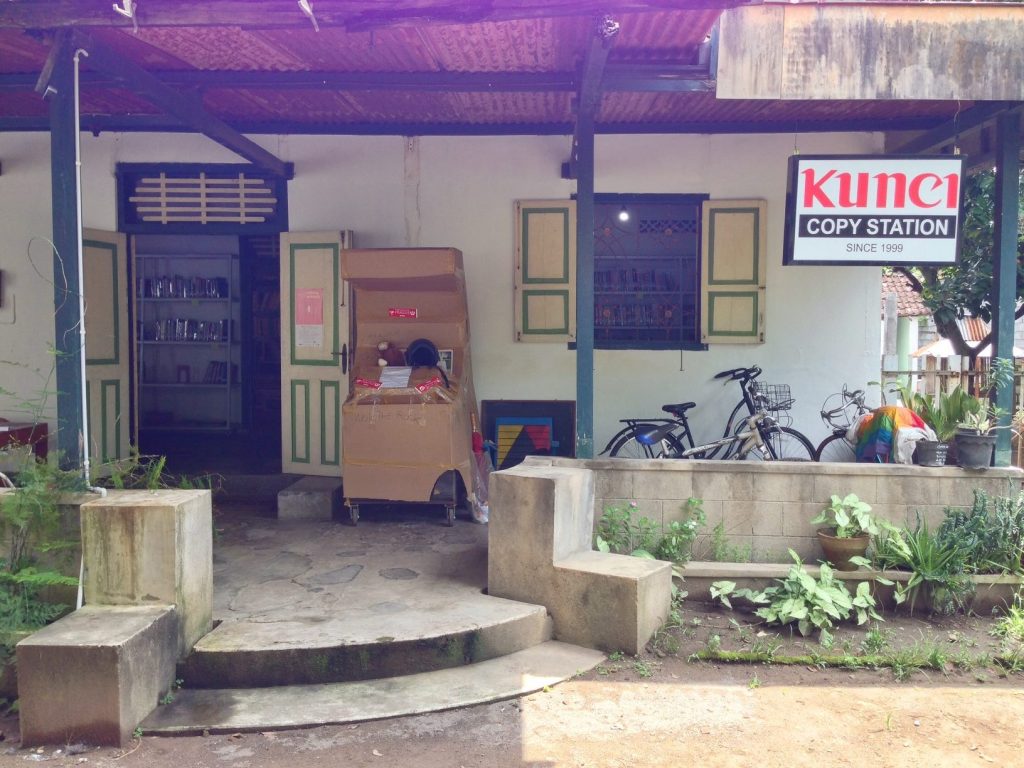
How can an institution live—and not only work—alongside other modes of living and gathering?
Yet, I wonder if a biennial can be a good neighbor. What kind of biennial would it be? A biennial that shares the same uncertainty about life as we? One that is willing to discuss survival strategies together? The biennial as a good neighbor, perhaps similar to what Raqs Media Collective had imagined when they asked: “Can we imagine a biennale stretching to become something that happens across two years rather than something that happens once every two years?” A biennial that doesn’t consume resources, swallowing everything into its own body, but that redistributes them. A biennial that gives instead of taking constantly.
The above-mentioned questions are not only relevant to biennials. They are meaningful for art projects, collectives, institutions, and other forms of organizing and producing within art. I would like to extend the notion of the neighbor, not only to people to whom we live close by but also to any living being that inhabits this time and space—the universe—together with us. We are living together in precarity. Thus, what’s left to learn in this moment of precarious living, from one crisis to another, is how to survive in a livable collaboration, both as good neighbors and professionals in work and life.
—
This text was originally published on February 2017 as part of On Curating.
The 2011 Christchurch earthquake was a 6.3 magnitude earthquake that struck the South Island of New Zealand at 12:51 p.m. on Tuesday, February 22, 2011.
Didier Fassin, “From Right to Favor. The refugee question as moral crisis” in The Nation, Politics, April5, 2016. Available here.
Comments
There are no coments available.